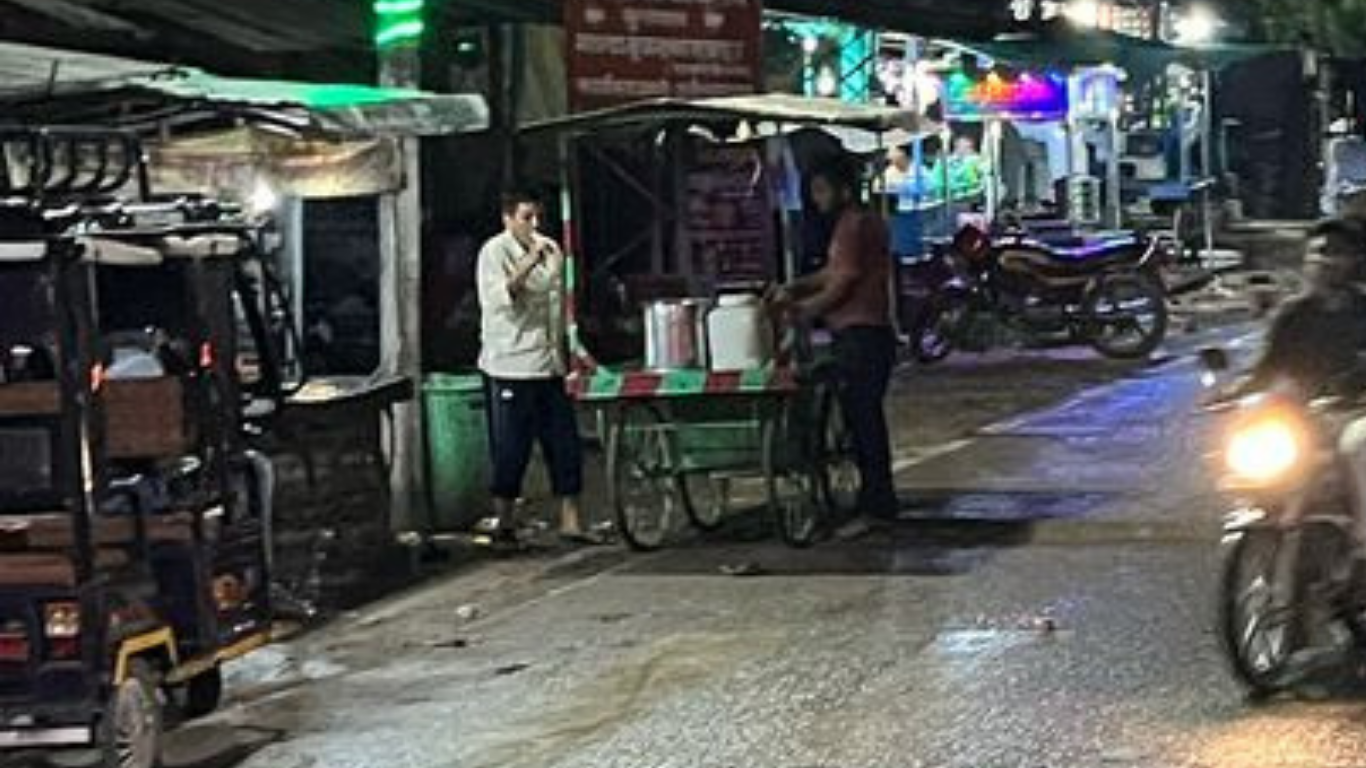
Mahoba, a small yet vibrant district in Uttar Pradesh, is a place where history whispers through ancient temples, forts, and tales of bravery. Nestled in the heart of the Bundelkhand region, travelers often overlook Mahoba, but it’s a treasure trove of stories, culture, and natural beauty. Known as the land of the legendary warriors Alha and Udal, this city carries a legacy that blends valor with architectural splendor. From its historic Sun Temple to the serene lakes that dot the landscape, Mahoba offers a unique glimpse into India’s past and present. Let’s dive into what makes Mahoba, Uttar Pradesh, so special.
A Glimpse into Mahoba’s Rich History
Mahoba’s history is like a page from an epic saga. It was once the capital of the Chandela dynasty, which ruled Bundelkhand centuries ago. The city is famous for the brave brothers Alha and Udal, whose tales of courage against Prithviraj Chauhan are still sung in folk songs. These warriors are celebrated as symbols of Mahoba’s fearless spirit. The district, carved out from Hamirpur in 1995, was historically known as Mahotsav-Nagar, or the “city of festivals.” Ruins of ancient forts and temples, like the 9th-century Rahila Sagar Sun Temple, stand as proof of its glorious past. Despite invasions, such as the destruction by Qutubuddin Aibak in 1202, Mahoba’s heritage has been lovingly preserved, with recent efforts by the district administration and ASI to revive sites like the Sun Temple. Walking through Mahoba feels like stepping back in time, with every stone telling a story of resilience and pride.
Cultural Heritage and Traditions
Mahoba’s culture is a colorful mix of traditions, festivals, and craftsmanship. The district is known for its unique betel leaf, called Mahoba Desawari Pan, which earned a Geographical Indication (GI) tag in 2021 for its distinct flavor. Locals take pride in their brass works and antiques, which you can find in bustling markets. The city’s festivals, like Deepawali celebrated at the restored Sun Temple, bring communities together with lights and prayers. Temples such as the Kakramath Shiva Temple and Umangeshwar Mahadev Temple draw devotees with their intricate designs and spiritual aura. Mahoba’s folk tales, especially those of Alha and Udal, are passed down through generations, often performed in local fairs. The city’s nickname, Alha-Udal Nagari, reflects this deep cultural connection. Whether it’s the rhythmic beats of traditional music or the warmth of village gatherings, Mahoba’s culture feels alive and welcoming, inviting visitors to join in its timeless traditions.
Natural Beauty and Scenic Spots
Mahoba is not just about history; it’s also blessed with natural beauty. The district is surrounded by serene lakes, like Madan Sagar, which reflect the region’s ancient architecture. These water bodies, often near temples and forts, create postcard-perfect views, especially at sunset. The Gokhar Hill, with its 24 rock-cut Jain tirthankara images, offers a peaceful spot for reflection and a chance to soak in the landscape. The Gorakhgiri Parvat is another gem, blending spirituality with scenic trails for those who love a short trek. Mahoba’s unique farming style, called bareja, adds charm to its rural areas, with fields that seem to tell stories of hard work and harmony with nature. Though the region faces challenges like heatwaves and water scarcity, the greenery around its lakes and hills provides a refreshing escape. Visitors often find Mahoba’s blend of nature and history a perfect backdrop for a quiet, soulful retreat.
Modern Mahoba: Economy and Development
Today, Mahoba is a blend of its historic roots and modern aspirations. The economy relies heavily on agriculture, with many locals engaged in farming and related work. The district is also known for stone mining, especially in Kabrai, often called the “stone city” of Uttar Pradesh. Solar farms are emerging as a key player in Mahoba’s growth, bringing sustainable energy and jobs. Despite being named one of India’s 250 most backward districts in 2006, Mahoba is seeing progress through initiatives like the Backward Regions Grant Fund Programme. The district has three tehsils—Mahoba, Charkhari, and Kulpahar—and is part of the Chitrakoot division, with efforts to improve infrastructure and education. Schools like PM SHRI Kendriya Vidyalaya Mahoba are fostering young talent with a focus on holistic learning. While challenges like water shortages and heatwaves persist, Mahoba’s people are resilient, working toward a brighter future while staying connected to their roots.
Tourism and Places to Visit
Mahoba is a paradise for history buffs and spiritual seekers. The Rahila Sagar Sun Temple, built by the Chandelas, is a must-visit for its granite architecture and recent revival. The Kakramath Temple, with its towering Shiva statue in tandava pose, is both a spiritual and visual delight. The Charkhari Palace, known as the “glory of Bundelkhand,” showcases stunning designs and is perfect for photography enthusiasts. For those seeking adventure, the Kalinjar Fort, a short drive away, offers a glimpse into medieval military history. Mahoba’s proximity to Khajuraho, a UNESCO World Heritage Site, makes it an ideal stop for travelers exploring Bundelkhand. Local markets offer handmade brass items and the famous Desawari Pan, perfect for souvenirs. Whether you’re exploring ancient ruins or enjoying the calm of Madan Sagar Lake, Mahoba’s attractions promise a mix of discovery and tranquility that stays with you long after your visit.
Challenges and the Road Ahead
Mahoba, like many small districts, faces its share of challenges. Recent news highlights issues like heatwaves, water shortages, and occasional infrastructure woes, such as highways blocked by fallen trees during storms. Tragic incidents, like road accidents and lightning strikes, have also made headlines, reflecting the need for better safety measures. Despite these hurdles, Mahoba is on a path of growth. The government’s focus on tourism, with plans to restore sites like Mastani Mahal, shows promise for boosting the local economy. Efforts to improve education and law enforcement, led by officials like SP Aparna Gupta, aim to create a safer and more prosperous Mahoba. The community’s spirit, rooted in its history of resilience, drives hope for a brighter future. As Mahoba balances its past with modern goals, it invites visitors to witness a city that’s both timeless and evolving, ready to share its stories with the world.



